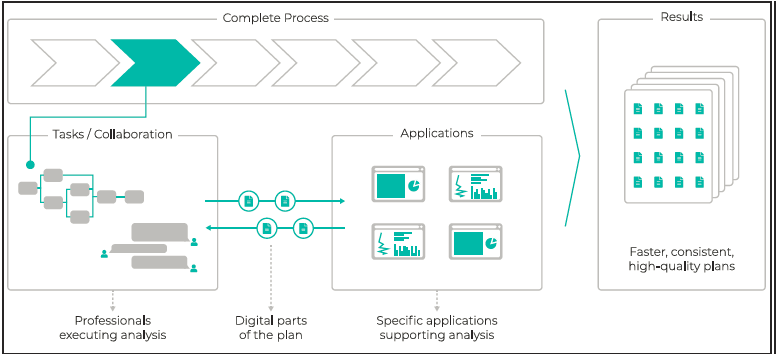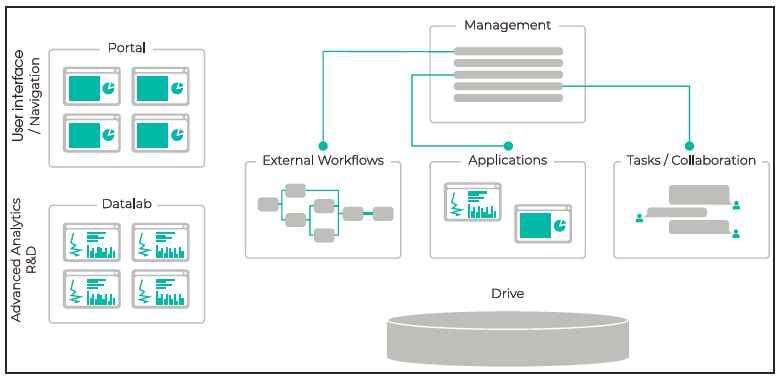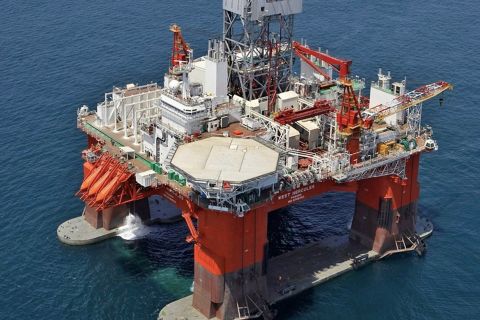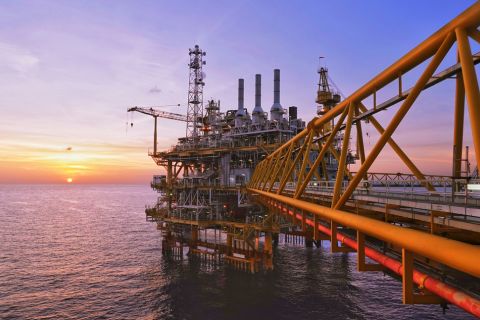Bolstered by an upstream-friendly oil and gas market, E&P activity is on the rise. However, operators that focus on production alone might miss the best chance to substantially increase their margins in an industry that seems eternally volatile. According to several industry experts, that chance comes in the form of recently available well planning software that can substantially reduce the lead time required to create a high-quality well plan.
The idea that well planning is beneficial is certainly not new, nor are the tasks associated with it. However, performing these tasks effectively and efficiently has proven challenging for most operators, largely because the act of planning a well is a collaborative effort, involving the collection of disparate data from various groups and synthesizing it into one overarching program. Operators usually follow their well design processes, but common to each operator is the fact that wells are not designed wholly in series, but rather have many parallel sections, with sets of decision gates and countless data interdependencies.
Generally, the challenges that slow efforts to complete a well plan are related to the same key factors: the inability to increase security and compliance according to a company’s procedures and best practices; data inconsistencies; difficulties surrounding the integration of systems from other companies and collaboration among specialists in multidisciplinary teams; the need to enter the same data multiple times; and the inability to enable data analytics.
Well planning
Intelie, a subsidiary of global communications technology provider RigNet Inc., has developed an integrated well design platform that enables operators to manage, integrate and automate well planning data and has proven to substantially reduce well planning time associated with drilling and completion operations.
“It is astonishing to see how the introduction of data analytics has increased well planning efficiency while helping operators to conduct safer and more productive operations,” said Intelie CEO and RigNet vice president Lelio Souza. “I think this kind of technological innovation and the impact it’s having is exciting to watch and especially to be part of because it is helping to shape the future of our industry.”
First used to develop and build a well planning platform for Petrobras in 2012, the technology has since been used to optimize planning on hundreds of wells, supporting thousands of users. One operator saw the platform as a promising way to reduce well planning time through the development of an integrated suite of web applications that would support well design and planning with a focus on offshore wells. The resulting integrated suite reduced the operator’s well planning time by 50%.
“The suite condenses all our efforts in safety, the management process and best engineering practices for well design,” said the operator’s lead engineer on the project. “It also substantially reduced the time for the elaboration of a well plan, increased the security and compliance regarding the company’s best practices, and served as a repository for customized reports on well projects to national regulatory agencies.”

How it works
Much like a navigation program that can determine an optimal driving route by considering various dynamic and static datapoints, the platform uses a data-adaptive approach to well planning. Because the performance of the individual tasks of a well design process is not in a vacuum, the various inputs/outputs from one application affect the inputs/ outputs of applications upstream and downstream of the well being designed.
Platform designers addressed this condition by creating a platform that could facilitate the integration and analysis of data input/output from each component of the planning process, synthesize it and perform automated system-integrity and overall-conformity checks between the interdependent components.
The platform takes unstructured data processes, decision trees, data integration protocols and automates them while permitting users to collaborate on well planning and design. Any changes to an individual planning component that may affect other areas are flagged, notifying the appropriate parties. Defining and automating workflows, mapping data interdependencies within the workflows and creating a system of data governance were also keys to building an efficient planning platform.
The development of an integrated planning platform allows processes to be standardized. Operators are then able to embed their methods of well design into the software platform, ensuring that all their company-specific requirements are met. Key to the effectiveness and longevity of this type of platform is a neutral data repository. Allowing data to be free of any singular data protocol ensures the data produced and ingested by these applications remains constant, despite individual application revision, replacement or being put into competition with one another. Data remain mapped, regarding the overall workflow process and interdependencies. Beyond reducing overall well planning time, the integrated platform enables operators to enforce and ensure data governance.

Beyond road maps and static plans, the platform also can be designed with a condition-based execution well planning tool that can effectuate guidance for operational executions. The tool does this by directing a set of smart agents that are synthesized from the well plan and run on real-time analytics software while the well is drilled. In practice, a smart agent could be directed to monitor drilling. So when a drillbit is approaching the planned total depth or is drilling deeper than permitted, the smart agent could issue an alert, notifying the user that the planned depth limitations or lease line (block line) limitations have been reached. Intelie also provides a real-time aggregation, analytics, visualization platforms and advanced data solutions using various artificial intelligence and machine learning methods.
Recommended Reading
US Drillers Add Oil, Gas Rigs for Second Week in a Row
2024-01-26 - The oil and gas rig count, an early indicator of future output, rose by one to 621 in the week to Jan. 26.
Second Light Oil Discovery in Mopane-1X Well
2024-01-26 - Galp Energia's Avo-2 target in the Mopane-1X well offshore Namibia delivers second significant column of light oil.
CNOOC Sets Increased 2024-2026 Production Targets
2024-01-25 - CNOOC Ltd. plans on $17.5B capex in 2024, with 63% of that dedicated to project development.
E&P Highlights: Jan. 29, 2024
2024-01-29 - Here’s a roundup of the latest E&P headlines, including activity at the Ichthys Field offshore Australia and new contract awards.
Seadrill Awarded $97.5 Million in Drillship Contracts
2024-01-30 - Seadrill will also resume management services for its West Auriga drillship earlier than anticipated.




